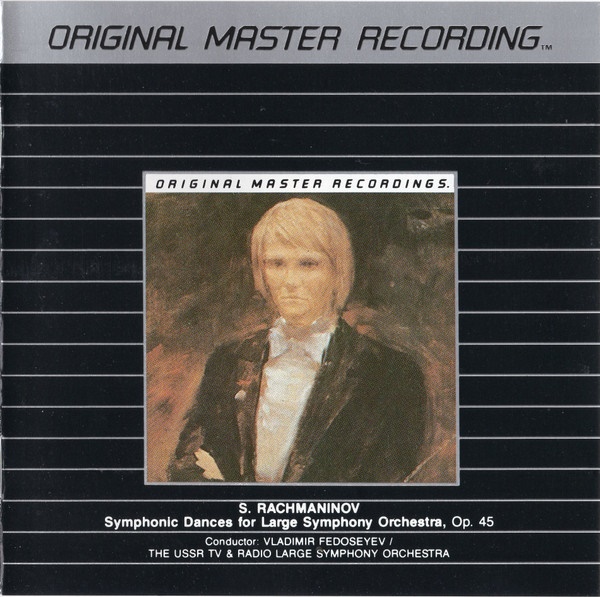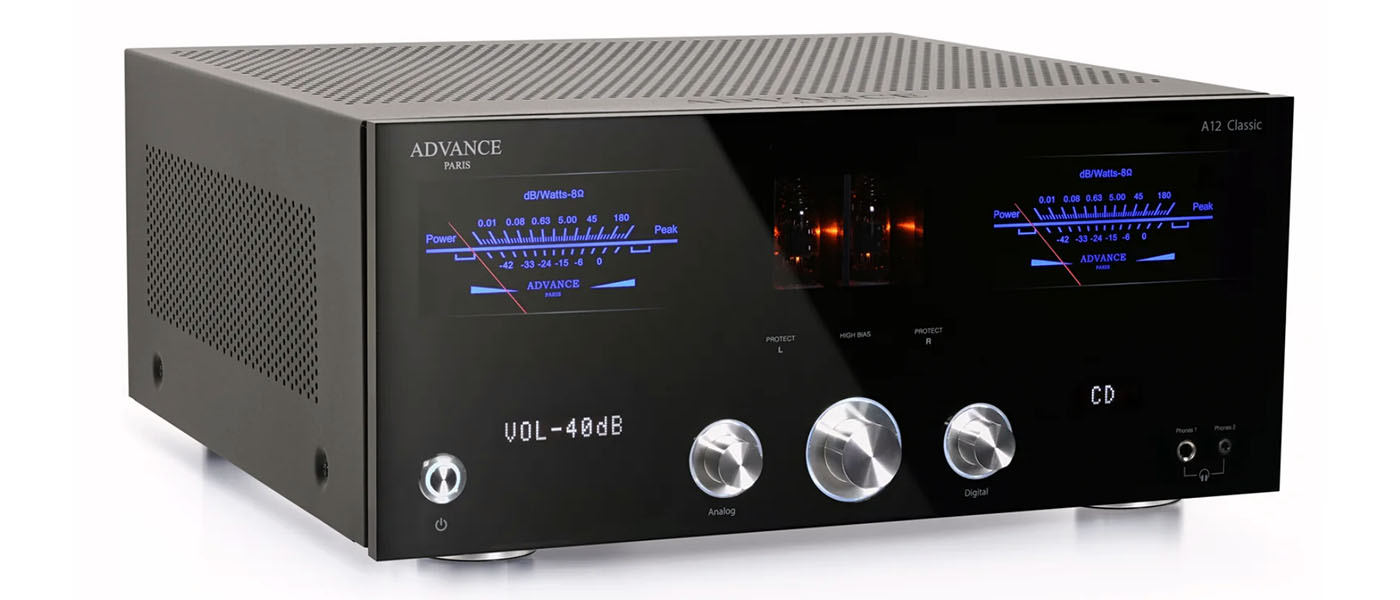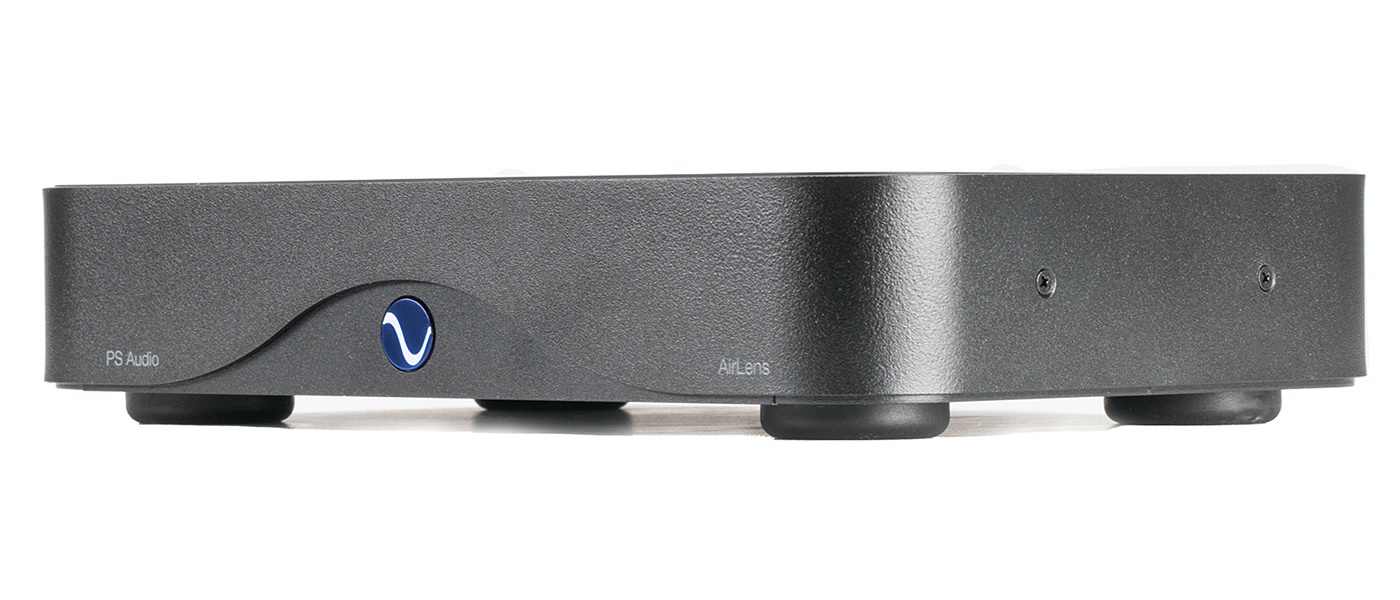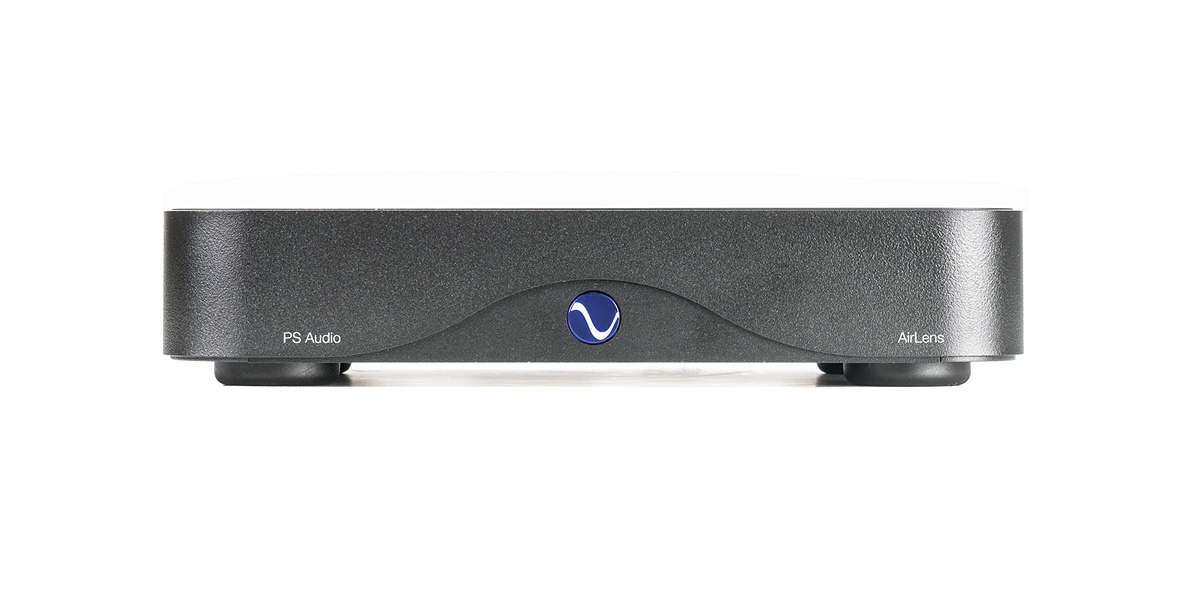The AirLens is just what I have been looking for. It ticks all the boxes and provides reliable, high-end audio performance at an affordable, rational price point. The AirLens isn’t just for Roon, either, and will work with any DLNA-compatible server!
I was so delighted with the performance and sound quality of the PS Audio AirLens that I wound up purchasing the review unit. My only (minor) quibble is that I wish it had broader compatability to a wider range of streaming services.
PS Audio AirLens Streamer Highlights
- Easy “plug and play” setup.
- AirLens technology reclocks the data to eliminate jitter.
- Core design mitigates power-supply-induced noise.
- Compatible with a decent range of audiophile streaming services/methods.
- Roon ready.
- Flexible output settings.
- Would benefit from a web interface.
My method of enjoying digital music has evolved significantly over the years. It started with CDs and a CD player, then transitioned to storing the digital data on a server and streaming it over my home network. Each of these major phases involved several sub-phases where I may have transitioned from a player to a transport with an external DAC, for example. In this day and age, almost all my digital listening is via streaming. I still maintain my large collection of CDs and I have a nice transport/DAC however, the convenience of streaming means that at least 90% of my digital music is now consumed from the ether.
Now that I stream a lot of music, I need to optimize my system for the best performance. I know I have good-quality DACs and all the rest of my system, but I have been on a long quest to find a streamer that would provide the type of performance I have been searching for. Up until this time, I have tried many streamers including streamers in a preamp, streamers in a DAC, streamers in an integrated amp, heck, I even tried a Raspberry Pi that I built in my spare time. They have all come up short of the sound quality I get from a shiny silver disc. So, it was with tempered enthusiasm that I requested a PS Audio AirLens streamer for evaluation.
I will test the PS Audio AirLens as a Roon endpoint and also as a streamer off JRiver MC. I have high hopes as the AirLens is designed to clean up the naturally messy digital signal that you get when streaming. In my view, the AirLens essentially reconstructs the digital data and provides your DAC with the best signal possible. I think they may be on to something. Please read my detailed review below for my impressions of this handy little device.
Inputs:
10/100/1000 Ethernet or
WiFi: IEEE 802.11 b/g/n/ac (2.4 & 5GHz dual band)
WiFi Setup:
WPS
Connectivity:
DLNA 1.5 & UPnP AV 1.0 Digital Media Renderer
Spotify Connect
Roon Ready
TIDAL Connect
Qobuz (through Roon)
Dropbox (through Roon)
MQA
Outputs:
I2S or
S/PDIF Coax
Supported File Formats:
PCM: Up to 352.8kHz/32
Native DSD up to DSD256 (I2S output)
DoP (DSD over PCM) up to DSD128 (Coax output)
Dimensions (W x D x H):
10” x 7” x 1.5” [25.4cm x 17.8cm x 3.8cm]
Net Weight:
4.8 lbs. [2.2 kg]
Shipping Weight:
6.8 lbs. [3.1 kg]
Available Colors:
Black, Silver
MSRP:
$1,999.00 USD
Website:
Company:
SECRETS Tags:
Streaming, Stereo, Roon, TIDAL, DSD, PCM, AirLens, Digital Lens, PS Audio, Streamer, WiFi
Secrets Sponsor
The PS Audio AirLens has some very unique and significant design features. With the design of the AirLens, PS Audio strove to address the primary issues with network streaming, namely noise and jitter. So, true to form, they approached the problem from a holistic standpoint and designed a product with a focus on feeding your DAC with the cleanest, most well-timed data which should provide a lifetime of enjoyment for the end user.
Let’s begin by taking a look at the overall concept of the AirLens. It is a very basic streamer that works with Roon, Audirvana, JRiver, Tidal Direct, Spotify, your NAS, or any DLNA-compatible server. So, it does have some limited compatibility, but should work for most audiophiles in a domestic setting. In my case, I have Roon with Qobuz and TIDAL as well as JRiver which I use to play back audio files on my NAS. So, I have multiple avenues to use, test, and explore music over the PS Audio AirLens. I primarily used the AirLens as a Roon endpoint. I do wish it could be used with Apple AirPlay so my friends could readily attach their phones to the unit when visiting.
The AirLens does not have a display or readout of any kind. Not having a display in this day and age sounds almost silly, but is it really? Since I use Roon for most of my listening, the controller happens to be my tablet which is a far better interface than a remote control and a small screen 12 feet away.
Did I mention that AirLens does not have a built-in DAC? I’m perfectly OK with that! For this review, I tested the AirLens over a Topping D90 DAC with I2S input. I also used a MICHI P5 Series 2 preamplifier (which has amazing streaming on its own) as a DAC/pre. My point is that most serious audiophiles have external DACs or other control components that can handle the conversion separately. And outsourcing the conversion eliminates other possible sources of noise and additional complexity within the AirLens.
This means the AirLens is purpose-built for one concise function: streaming from a network and feeding the most pristine signal as possible to a downstream DAC. So, how did they make this happen? Well, the unit is bifurcated with two independent sections inside. According to PS Audio, “A USB connection to the computer is by far the noisiest method [of computer audio playback], followed by a close second via Ethernet or WiFi. What is needed to completely remove this injurious noise is the elimination of any electrical connection between the computer, its network, and your DAC. The PS Audio AirLens has both an input stage and a galvanically isolated reclocking output stage. The two are connected only “through the air.” By using separate power supplies, there are no physical ground or signal connections, ensuring 100% isolation and noise-free delivery of perfect digital audio signals.” That makes a lot of sense to me!
So, how does it work? Galvanic isolation means that there is no physical electrical connection between the input side and the output side of the AirLens. This also means that the two sides do not share a power supply, thereby eliminating one primary source of sympathetic noise propagation. According to PS Audio, they “incorporated a low-noise galvanically isolated DC-to-DC converter to feed power to the AirLens’ output stage. [They] then deliver the received digital audio data to that clean output stage using only air as the interface.”
The signal enters the AirLens streamer via Ethernet or WiFi where it is processed by the input stage. It is then transmitted to the second, independent stage via a TI ISO0773x Isolator chip as indicated by the simplified schematic below. This TI chip isolates the two independent sides and allows separate power supplies for each of the two parts.
PS Audio reportedly employed switch-mode power supplies (SMPS) in the AirLens. I don’t follow online forums that much, but I am aware that there has been some online consternation that PS Audio elected to utilize a SWMP in the AirLens. All I can say to this is that the AirLens is a low-power, purely digital component and I never heard anything that would indicate any sort of shortcoming in the power supply. People, please come on and give it a rest already.
Once the data is received and processed by the input stage, it gets sent over to the processing/output stage. This is where the real magic happens. This side has the venerable DigitalLens built-in. The DigitalLens technology is an artful design that receives the incoming digital data into a FIFO buffer and then it re-clocks the data using a hyper- accurate internal clock, thereby eliminating jitter in the digital data. [Question for PS Audio, is there any other “error correction” performed?]
This cleaned-up data stream is then fed to a DAC via either a coaxial or I2S interface. That’s it, simple as can be!
To round out this discussion, I need to describe a few of the other quality-of-life features of the PS Audio AirLens. This will bring our focus to the rear panel. Starting on the left, we have the WPS button, which is used to sync WiFi, to communicate what firmware version is installed, and also to initiate firmware updates. Below the WPS button is a status LED which provides additional status-related information about the unit.
Next to the status LED is a USB connection which is there only to perform firmware updates via a thumb drive.
Next is the Ethernet jack, the coax output, then the I2s output, the mains power input, and finally the main power switch.
The front panel only has a simple PS Audio logo which is lighted and features different colors and pulses depending on the signal, particularly highlighting MQA.
The last bit of info you need to know is that there are 8 DIP switches on the bottom of the unit which control various output options as well as being used when performing firmware updates.
I do wish PS Audio had figured out a way to include a web-based control interface for the AirLens. This would simplify setup, control, and software updates of the unit.
The setup of the PS Audio AirLens was very straightforward. I began by feeding the AirLens via WiFi. WiFi setup was by way of the simple WPS method that almost everyone should be familiar with at this time. But, for those wondering, it simply involves pressing the WPS button on the back of the AirLens followed by a press of the WPS button on your router. This syncs the AirLens to your network in the simplest way possible. I have an Orbi mesh router system, and each satellite has a WPS button, so it was quite easy to mate the AirLens to my network.
I also started with the unit connected via HDMI to my Topping D90 DAC. This did not work until I flipped over the AirLens and turned off the MQA DIP switches. (My DAC does not support MQA which is “no biggie” in my book.) That solved the issue. I did try the AirLens using the coax connection and though I may have heard the subtlest difference between the two, I wound up using the I2S connection throughout the review period as it is theoretically a superior connection.
I also evaluated the AirLens using the internal DAC in a MICHI P5 Series 2 preamplifier. This preamp does not have an HDMI input but, like I said above, it still performed beyond reproach.
I also tried the AirLens connected via Ethernet. This is generally believed to be superior to WiFi for a whole host of easily understood reasons. However, I did not hear any significant improvement in this. My theory being that the AirLens fully re-times the data in the Lens part of the unit and, unless you have ridiculously high levels of jitter, the AirLens will still provide your DAC with a pristine signal. I do have an unanswered question regarding any error correction that may be taking place behind the scenes. Subjectively, I did not hear an appreciable difference between Ethernet and WiFi. The bandwidth requirements for high-resolution music are well within the capabilities of a WiFi signal.
So, by and large, I auditioned the AirLens over WiFi and then went out to the DAC via the I2S hook-up. I would be remiss if I did not mention the AirLens comes complete with a high-quality, PS Audio-branded HDMI cable which I used throughout!

Violent Femmes, “Violent Femmes”
Once everything was hooked up, warmed up, and broken in, then I was ready to let the show begin. I started by enjoying a longtime favorite, the 1983 Violent Femmes album, Violent Femmes. This was streamed off TIDAL. I took notes during the audition and one of my remarks was that the sound was “cut from whole cloth”. I also noted that the music, despite being digital, sounded organic and analog.
On “Gone Daddy Gone/I Just Want to Make Love to You” I could hear each individual voice among several singers. It was uncanny. I also noted that the pacing of the track was spot on. The wooden xylophone was incredibly real sounding front and center. Over the PS Audio AirLens, my two-channel system sounded like a surround system.

Arctic Monkeys, “Whatever People Say I Am, That’s What I’m Not”
Next up, I streamed Arctic Monkeys, Whatever People Say I Am, That’s What I’m Not. On “I Bet You Look Good on the Dancefloor”, I again noted impeccable pacing as the song rolled out. The bass lines were incredibly tuneful and the kick drum hit with a satisfying chest-thump. With the AirLens in the system, it brought my system to its highest heights so far (when streaming music online or off the NAS).

Vladimir Fedoseyev / The USSR TV And Radio Large Symphony Orchestra, “Symphonic Dances For Large Symphony Orchestra, Op. 45”
I have an excellent Mobile Fidelity Sound Lab release of S. Rachmaninov’s: Vladimir Fedoseyev/The USSR TV and Radio Large Symphony Orchestra – Symphonic Dances For Large Symphony Orchestra, Op. 45. I ripped this CD to my NAS in a lossless format. I love to use this recording evaluating equipment because it has gobs of dynamic range. So, in this case, I streamed it from my NAS over WiFi to the PS Audi AirLens.
The first thing I noticed is that I had to turn up the gain versus online streaming. The reason I had to turn it down was because this is a very macro-dynamic performance and the source disc was not overly compressed, so the softer parts were, well, softer. When the big crescendos came up, my system just powered through them as I have ample power reserves courtesy of my D-Sonic monoblocks.
By the way, Qobuz and TIDAL have gotten to where they typically sound better than listening to music off my NAS, with its library mostly comprising CDs ripped to a lossless format like FLAC, AIFF, or ALAC. The AirLens has proven to be the best component I’ve heard at processing music from the local server even over WiFi regardless of the source. What I mean is that before the AirLens, if I streamed uncompressed redbook files off the NAS, it never sounded as good as playing the disc on a quality CD player. Now with the PS Audio AirLens, I often opt for the local drive over streaming, even when the online version is presented in high resolution. The ripped music sounds better to my ears now. Another major plus on this point is that I don’t have to find and play the physical disc anymore, either!
After that long aside, how did the Rachmaninov recording sound? The playback captured the scale and grandeur of all the crescendos, great and small. It was equally as good as listening to the physical CD on a high-end player. The AirLens again sorted all the masses of instruments expertly and there was no glare on the strings as can be heard on lesser streamers.

Bill Berry And His Ellington All-Stars, “For Duke”
I have another favorite CD I ripped to my NAS: Bill Berry, For Duke. I have this on gold CD and it has been one of my favorite albums of all time, starting with the first few bars. This album starts with a relaxed and laid-back vibe. Later the pace picked up and things were really swinging all up in here. The AirLens stayed true to the original tempo of each track.
This album also has an excellent dynamic range with super-duper-Uber-black backgrounds on everything which highlights the softer, sparser moments in this recording so you could take it all in. It also lent a palpability to all the strings on there.
Secrets Sponsor
The PS Audio AirLens makes the most of your music streaming services and is equally capable of streaming your own library over a local network.
- Simple to set up and use.
- Streaming now competes with a standalone CD playback system.
- Very analog sound quality.
- Small, lightweight form factor.
- Excellent sound staging and the impression of a surround system.
- The best streamer I have heard on my home system.
- Fair price.
- Web interface.
- Compatibility with AirPlay and other non-DLNA services.
I really love this little streamer. It just sits there and reliably offers excellent sound quality from all the sources I tested. It is the first streamer I have tried that managed to sound equal to a high-end CD player when streaming off my NAS. That alone makes it worth the modest investment.
The sound I got from the PS Audio AirLens was almost a surprise, it was so good. The sound was “organic”, tending to the performance level of an analog source. I also repeatedly mentioned how the AirLens was true to the rhythm and pace of the source materials. My notes were also replete with mentions of the unit’s sound staging and bass performance. My two-channel system sounded as much like a surround system as it ever has.
The AirLens is reasonably priced and simple to set up and use. It was alps eminently reliable throughout an extended review period. The PS Audio AirLens is subjectively the best streamer I have tested; it isn’t even that close. I wound up purchasing the review unit and I am as happy as a clam!











